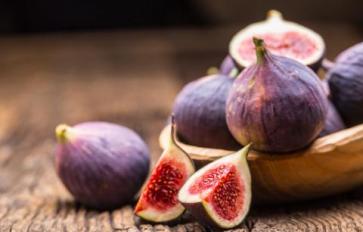
There’s something especially cheering about a garden bed bursting with sunny marigolds. If you agree, here’s how to get the most out of this humble plant…
Granted, marigolds are not perennials and will brighten up your garden only in the summer and autumns (northern hemisphere) or autumn and winters (southern hemisphere). But the shades of yellow ranging from mustard, copper, gold or brass are too gorgeous to ignore. And then there’s the magical property of marigolds: it keeps pesky pests away! So if this is reason enough for you to plant some of these bright blooms, here’s a DIY on how to do it…
The Seeds and the Sowing
Did you know that every flower petal of a marigold flower is a viable seed? So while it's cool to buy saplings or seeds from your local nursery, the next time you see a marigold bloom that catches your fancy – take permission and snip off just one flower.
You can create a whole bed of marigold plants from that one flower. Strip off the green covering from the base of the flower (called a receptacle) and gently rub to squeeze the petals and seeds out. Spread these petals out on a tray in the sun for 3-4 hours for them to dry a bit. Meanwhile, prepare your garden bed by raking away the topsoil and adding in a compost/mane layer. Scatter the dry petals evenly over the flower bed and then add in 2-3 inches of top soil. Water gently with a spray can till the seeds germinate. Don’t fertilize the marigold plants because then they will have more foliage and less flowers.
You can transplant them into a container once the saplings are about a hand-length high. If in a garden bed, tall marigolds should be placed 2-3 feet apart while shorter varieties can be planted at a foot’s distance apart.
Marigolds thrive in sunlight in fertile and well-drained soil. Damp corners of your garden will only turn out a diseased plant, so make sure that your containers have good drainage and get sunlight too.
Caring For Your Marigold Bushes
Marigolds are sturdy plants and short of too-wet or too-cold weather, tend to bloom profusely. A simple snipping of dead flowers spurs further blooming as does drying between watering. Water marigolds at the base of the plant – if the flowers retain water, they tend to rot.
Marigolds are great pest deterrents and make great companion plants for tomatoes and even roses. The scent of the flowers drives away insects and even animals like rabbits and deer while the roots of the marigold plant repel microscopic worms called nematodes.
That said, marigold is prone to mold, bacterial leaf spot, mildew, damping off and root rot – most of which can be prevented by making sure that the soil drainage is good and that you don’t water the marigolds too frequently.
You can try and save a diseased plant by using a homemade organic pesticide of 2 tsp citrus essential oil and 2 tsp fragrance-free organic soap, dissolved in 2 liters of water. Spray this concoction on the flowers and leaves early morning or late evening – this kills the harmful bugs but spares the butterflies and the bees.
Using Marigold
While we all tend to veer towards carnations and roses when it comes to cut flower home décor, marigolds make excellent and long-lasting cut flower stems. Make sure that you snip off all the leaves from the stem before submerging it in water to avoid an overtly pungent odor.
Many marigold varieties are edible (namely Tagetes Lucida, Tagetes patula, and Tagetes tenuifolia) and add color as well as a tang to salads, soups and even cookies. Marigold petals can also add a yellow color to dishes like rice without a discernible flavor. Only the flower petals are used, no green parts.
Marigolds will also attract useful insects to your garden, while deterring the ones you don't!
Happy farming to all you marigold lovers. Do share your growing tips with us in the comments section below...








